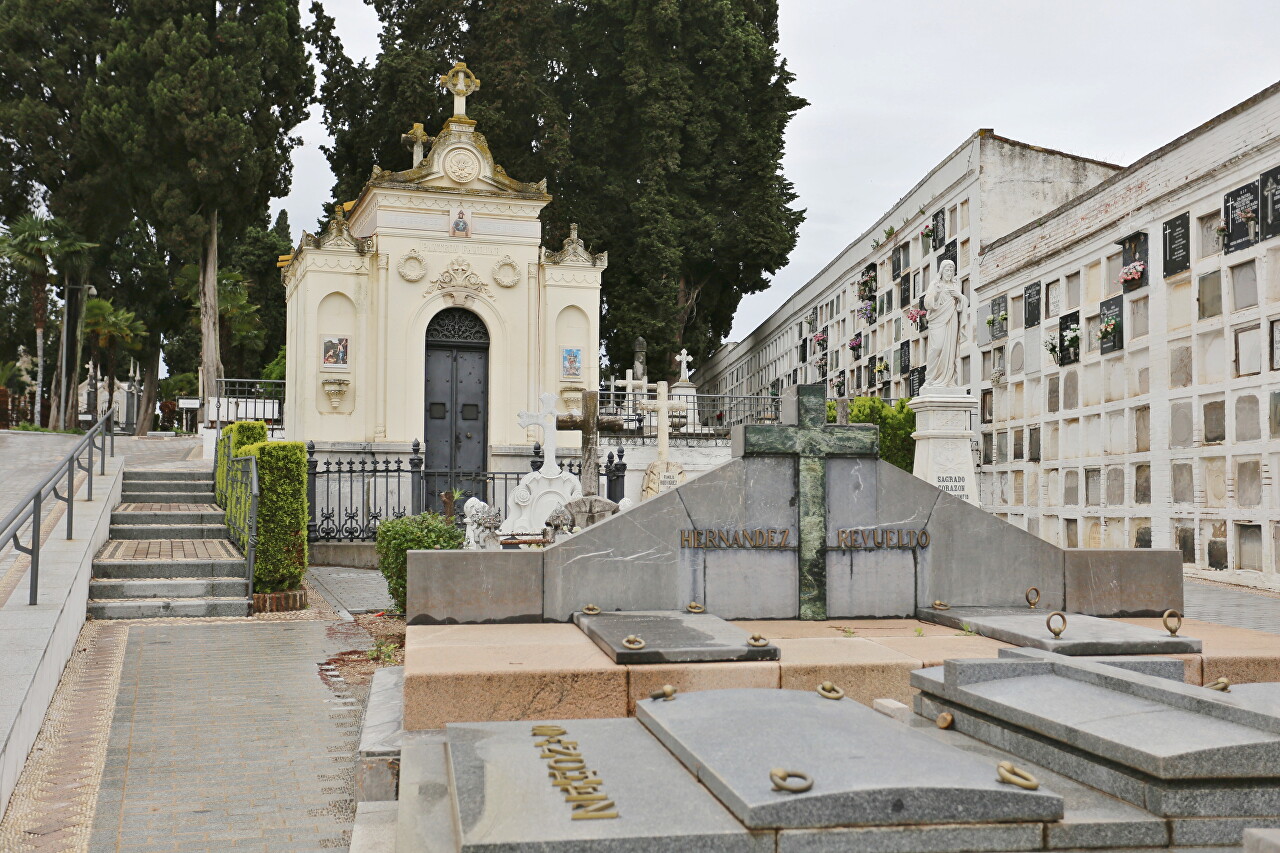Cementerio de Nuestra Señora de la Salud, Córdoba
Outside the city wall, to the west of the Alcazar, there is a historical cemetery where famous people of Cordoba, including mayors, politicians and artists, are buried. In 2010, the Council of Europe included the cemetery in the cultural route of European cemeteries. The first burials on this site appeared in 1804, when the city was hit by an epidemic of yellow fever. The dead were buried near the Nuestra Señora de la Salud (Our Lady of Health) church. The city authorities discussed the organization of a permanent cemetery on this site, but did not have the means to do so. During the Napoleonic occupation, the advanced French everywhere organized public cemeteries, seeking to eliminate the medieval tradition of the Spaniards burying the dead around churches. The decree on the construction of a cemetery in Cordoba was signed on March 4, 1809 by Napoleon's elder brother Joseph Bonaparte, known as King José I Bonaparte of Spain. Work began on October 29, 1810, and the cemetery was opened on June 8, 1811, taking its name from a nearby church. The borders of the club were finally formed by 1933. During the Civil War, a huge pit was dug in the club, where Republicans shot by the Francoist authorities were dumped. In total, about a thousand people were executed from 1936 to 1950. In 2011, a Memorial Wall was erected over mass graves in memory of the victims of repression. In 2019, the program of exhumation and identification of victims of Francoism was launched, in which more than fifty human remains were discovered. The cemetery is open to the public from 8:30 a.m. to 8 p.m. The most massive visit to the cemetery takes place on All Saints' Day. The cemetery has several neoclassical-style family pantheons, as well as many elegant cultural tombstones, mostly depicting angels.
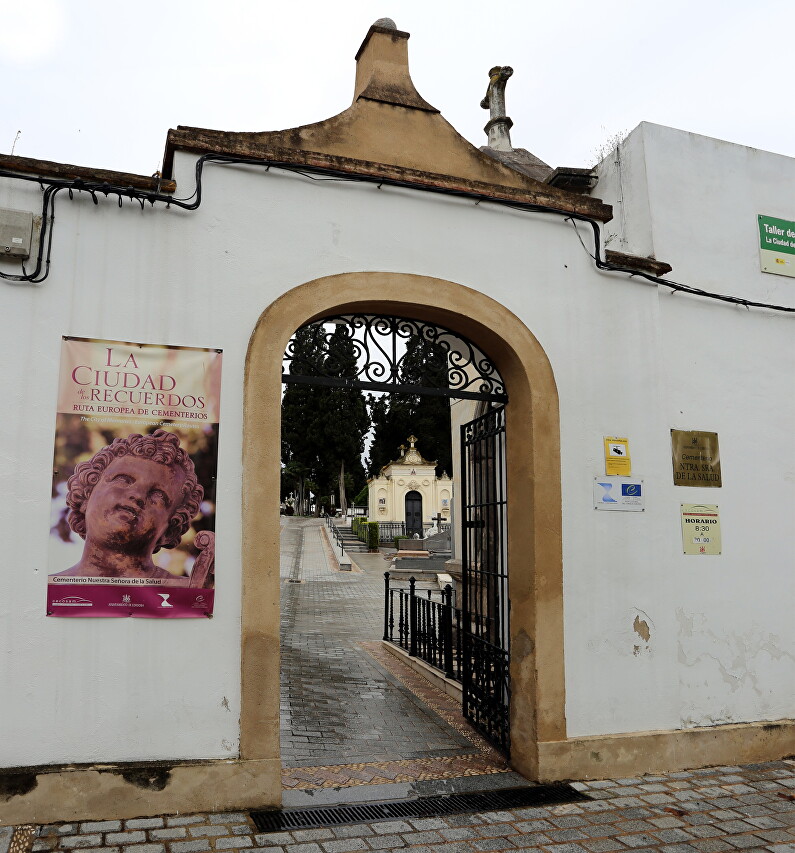
..
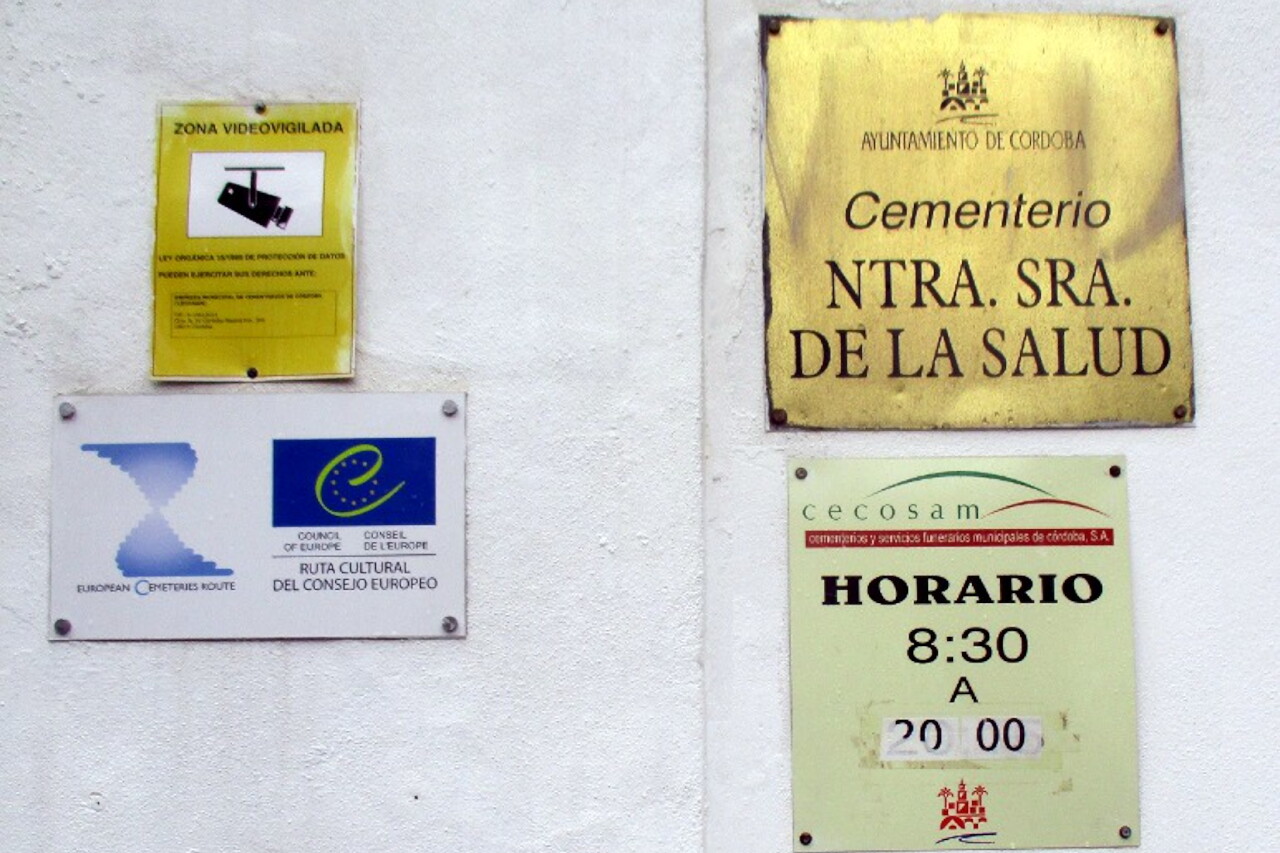
..
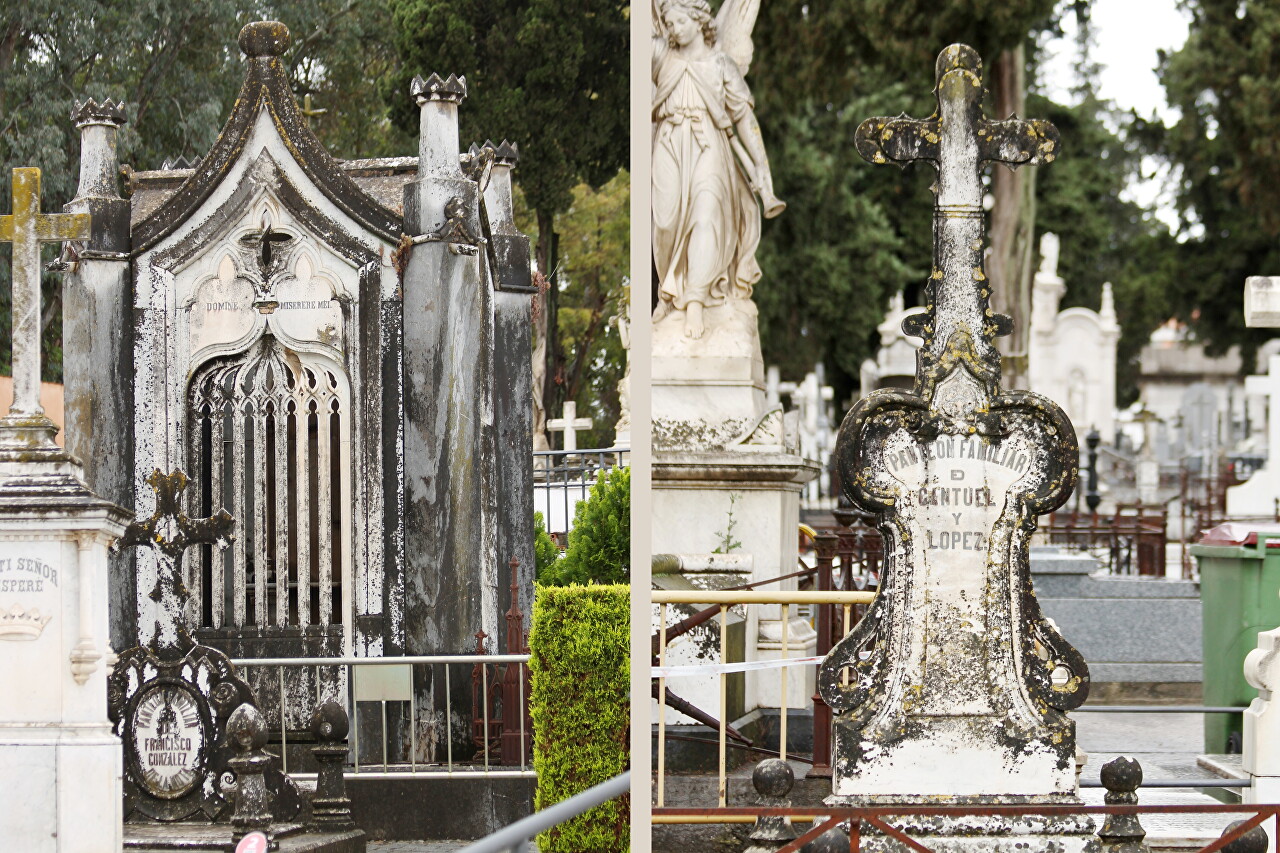
..
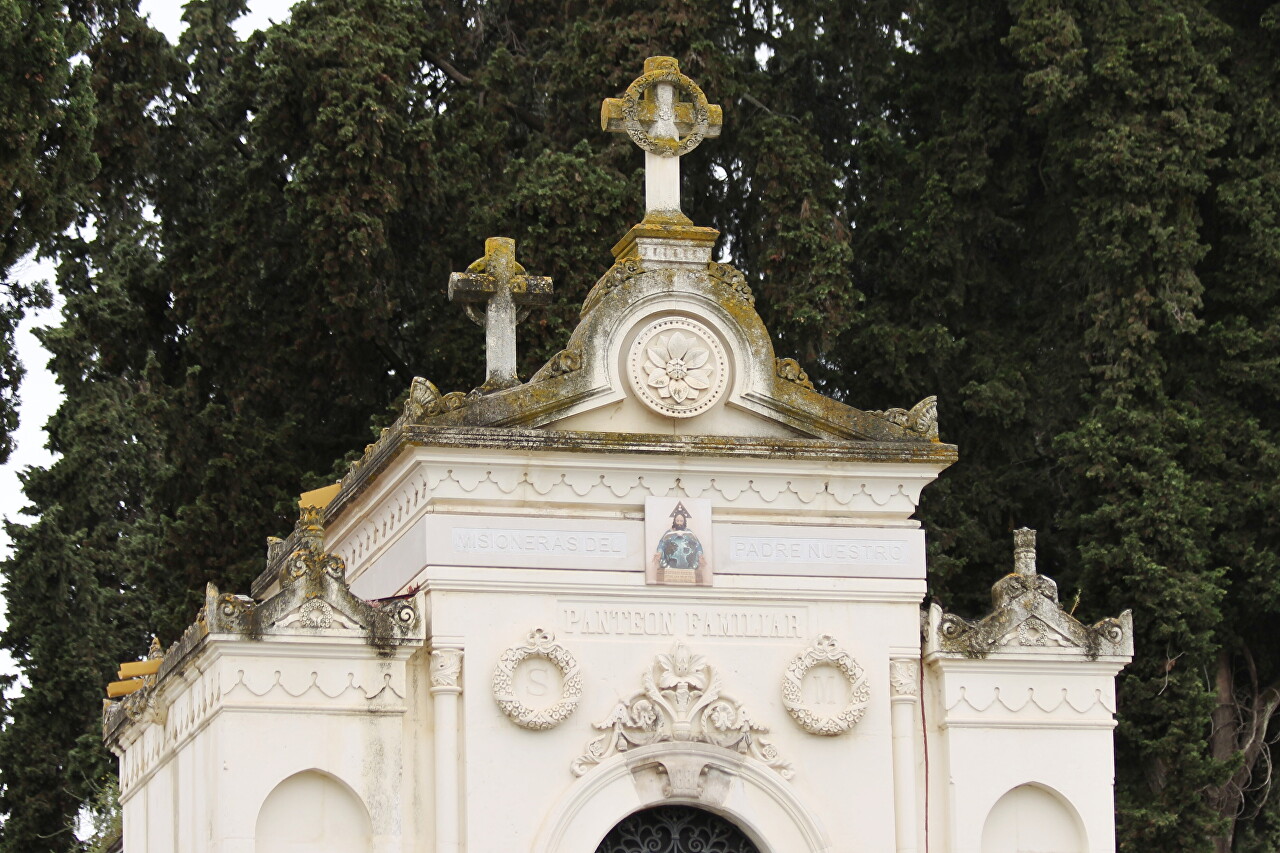
..
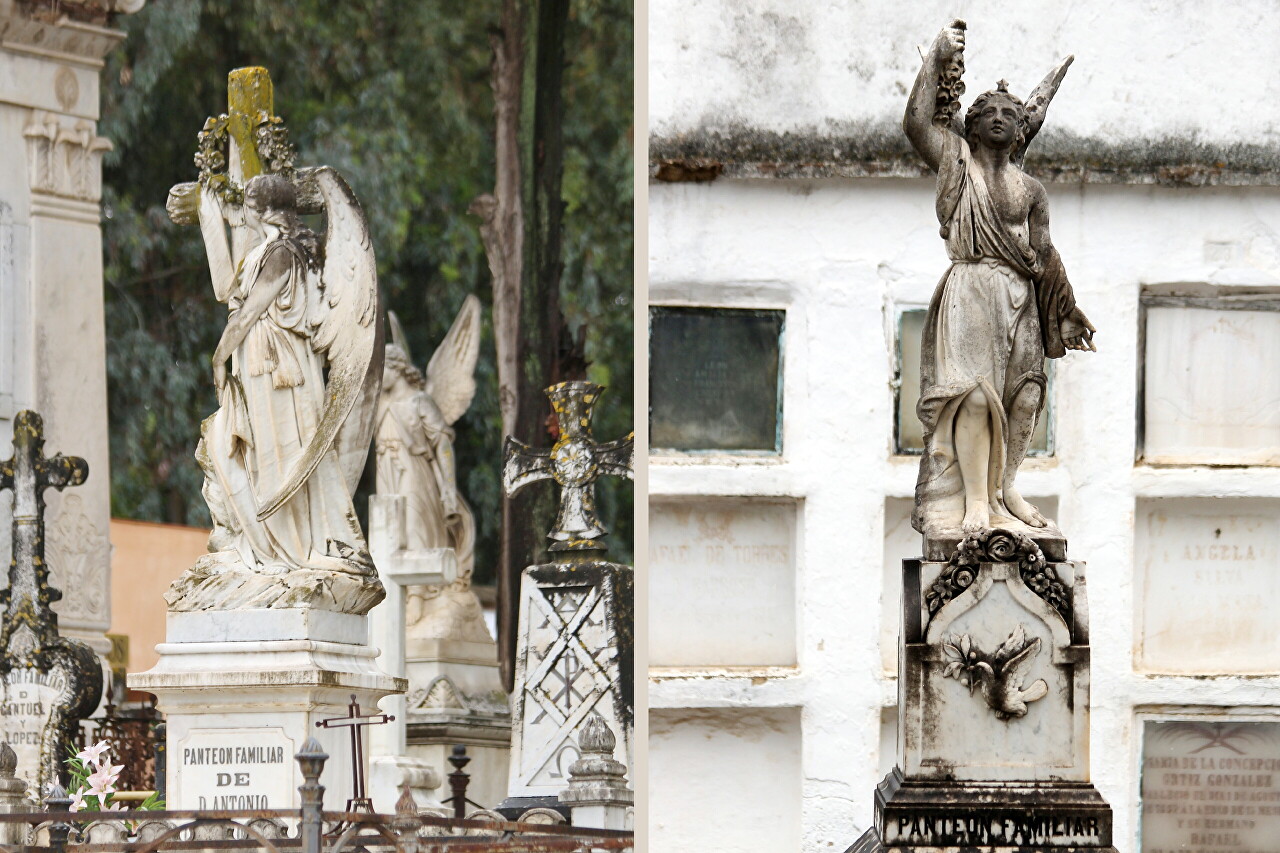
..
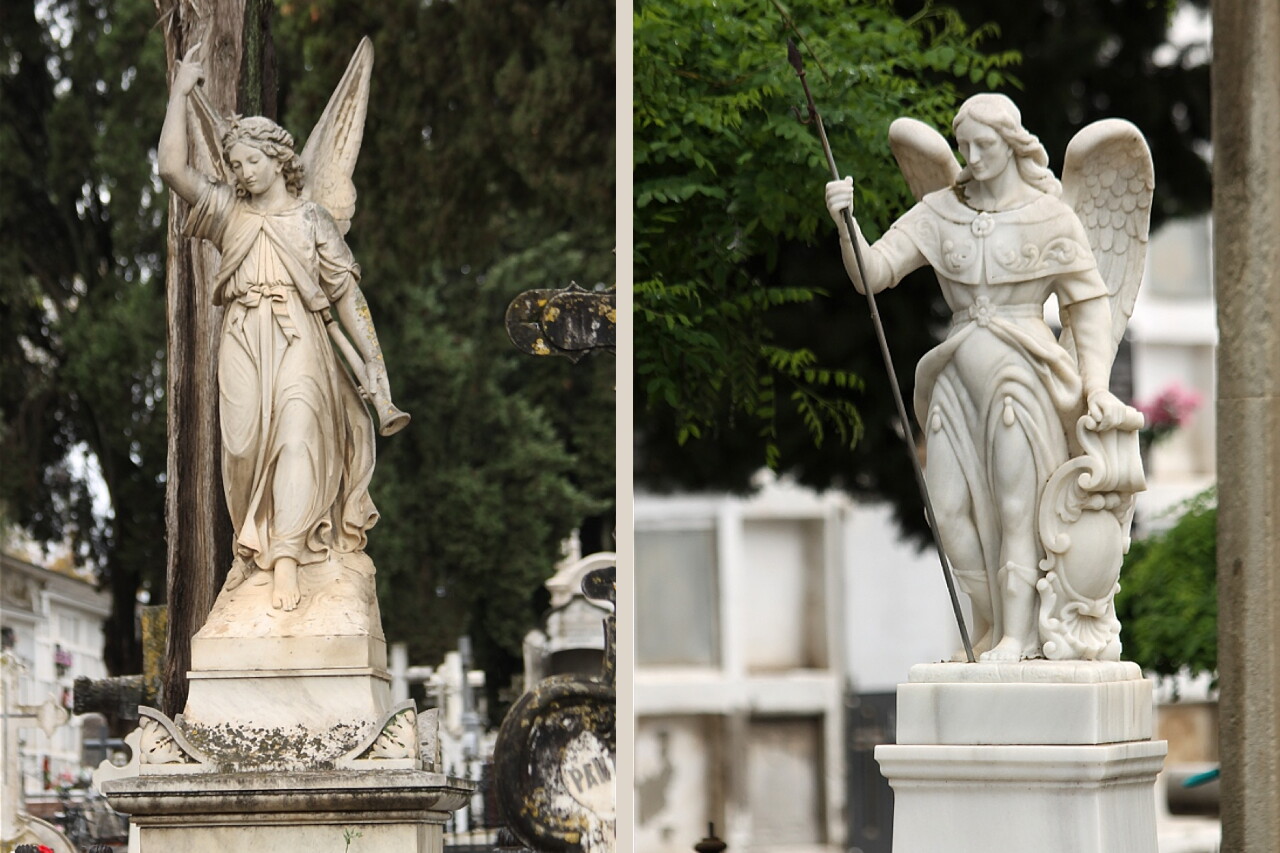
..
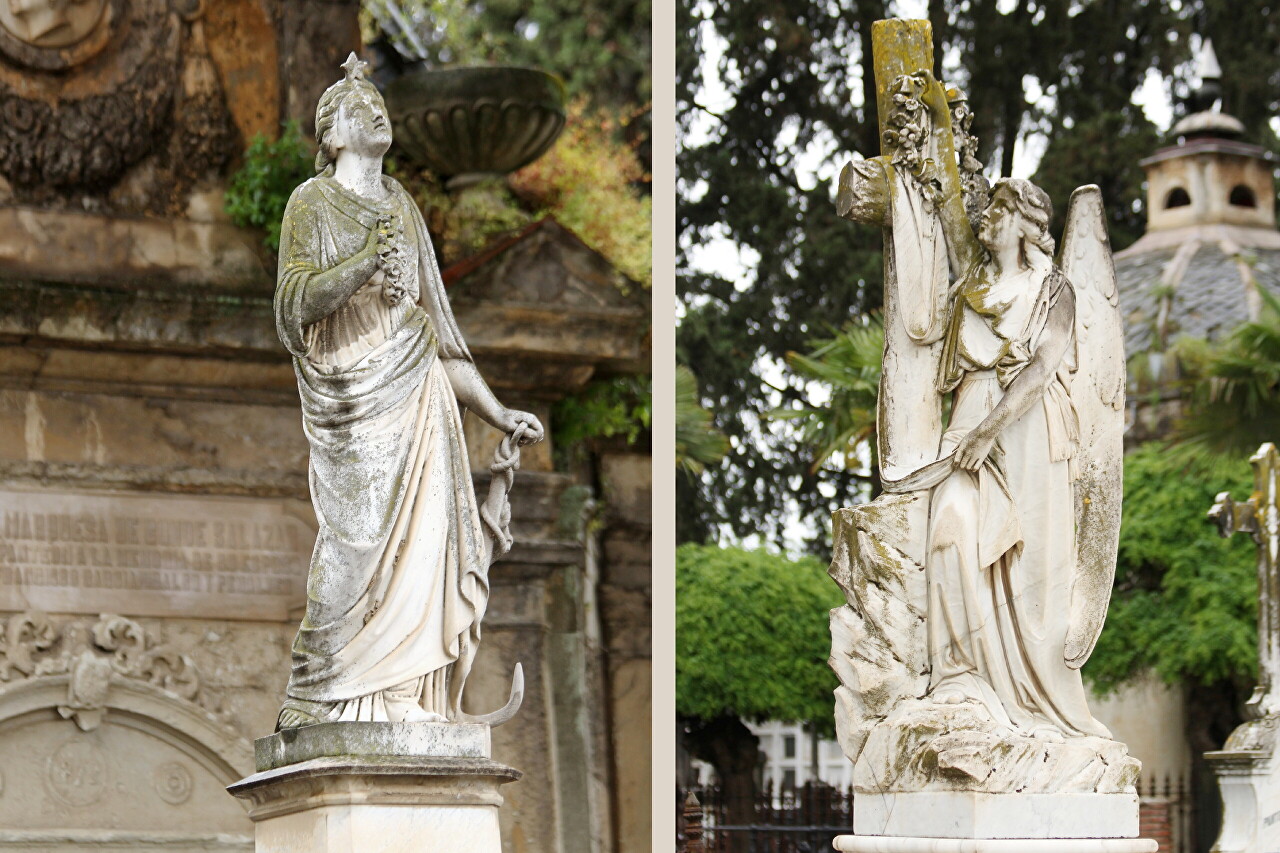
..
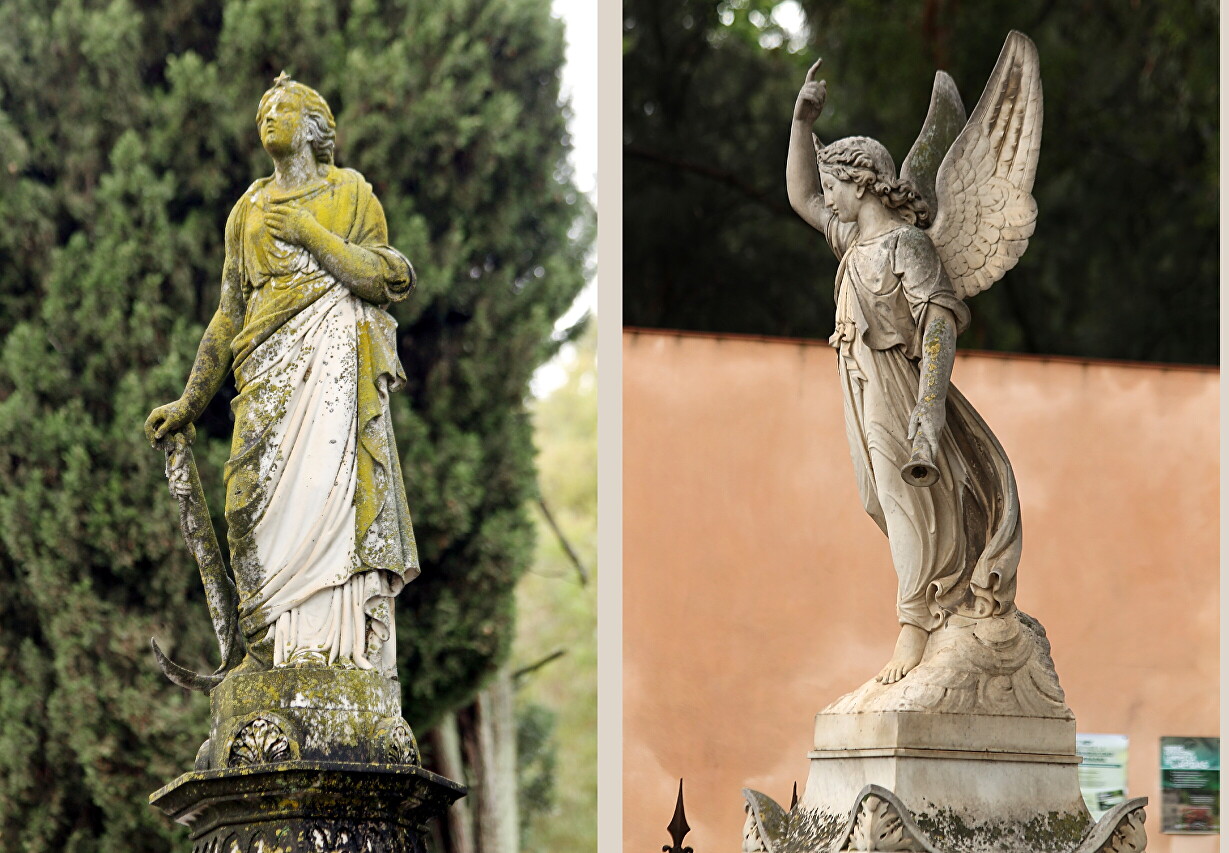
..

..
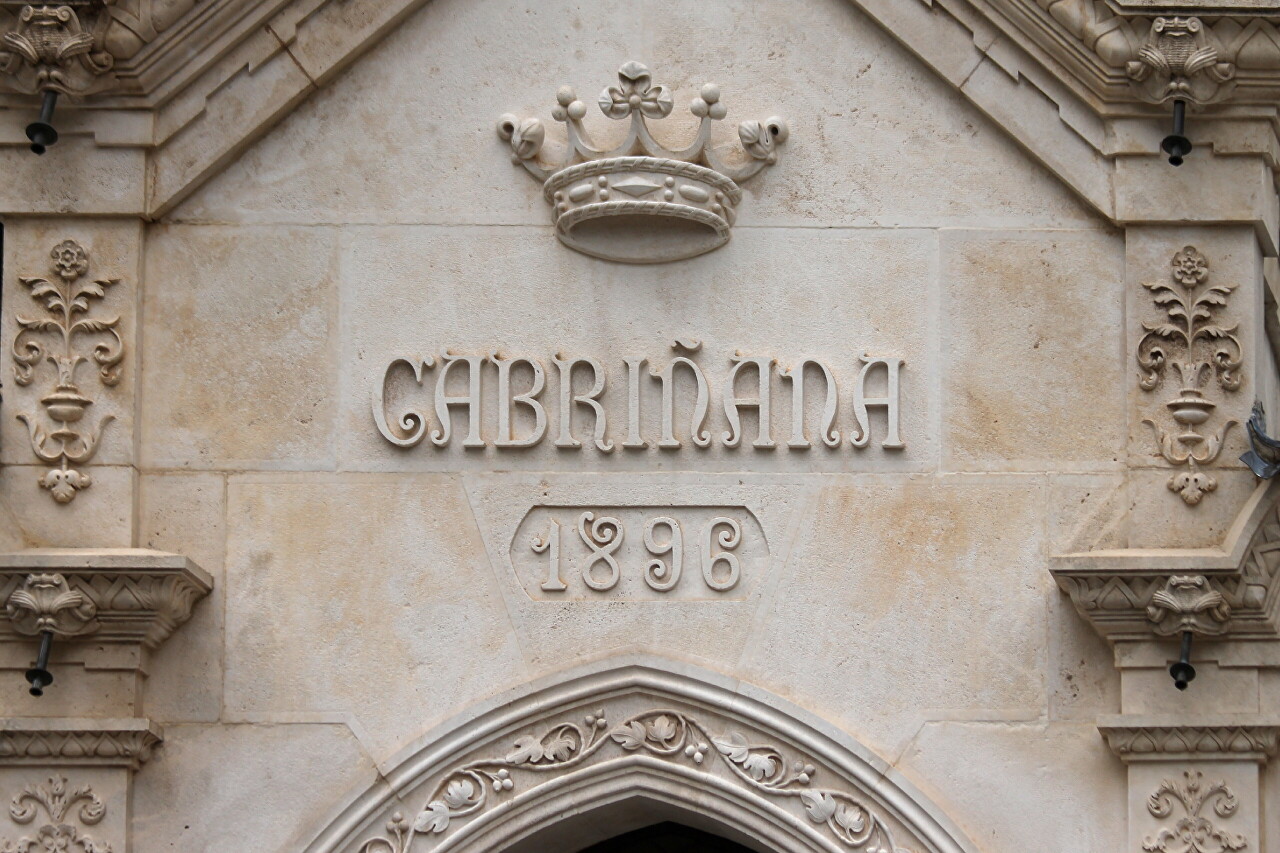
..
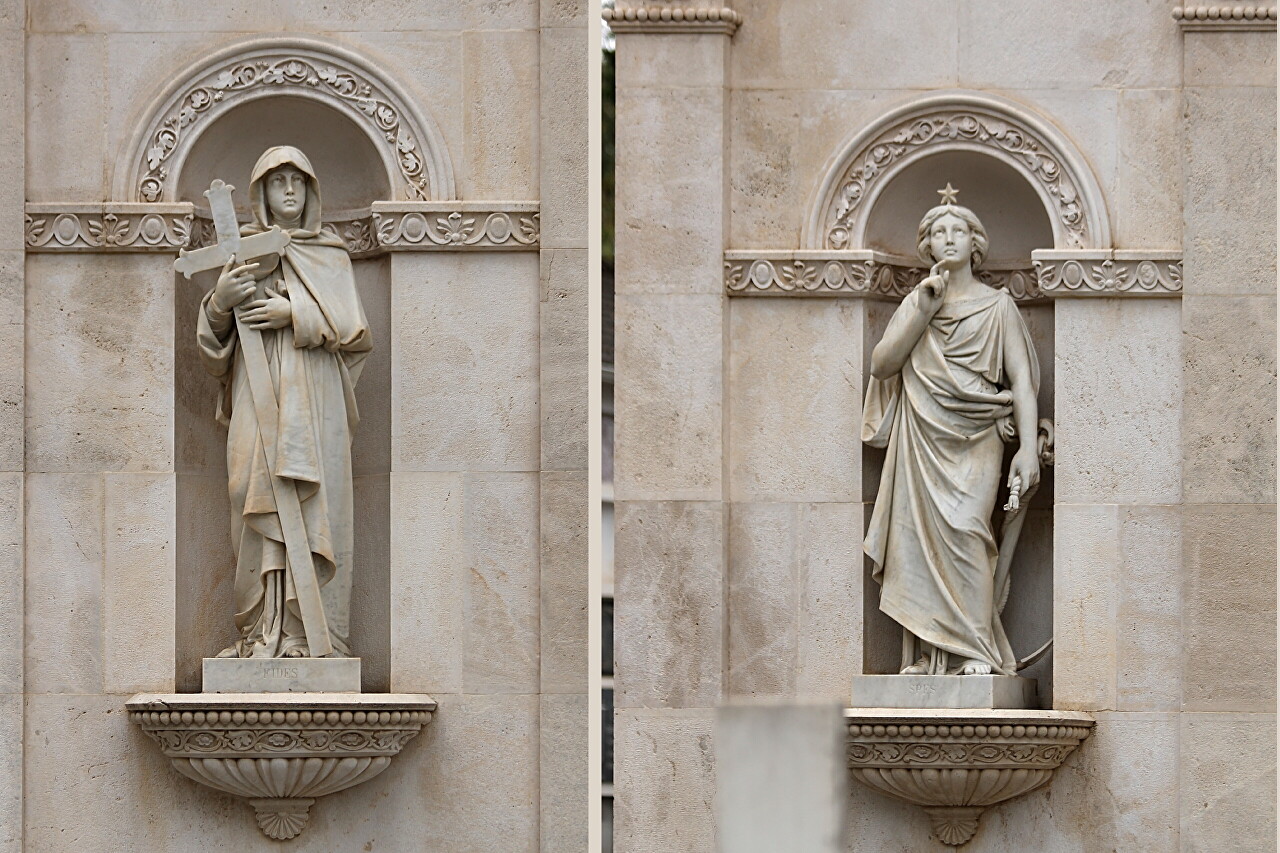
..
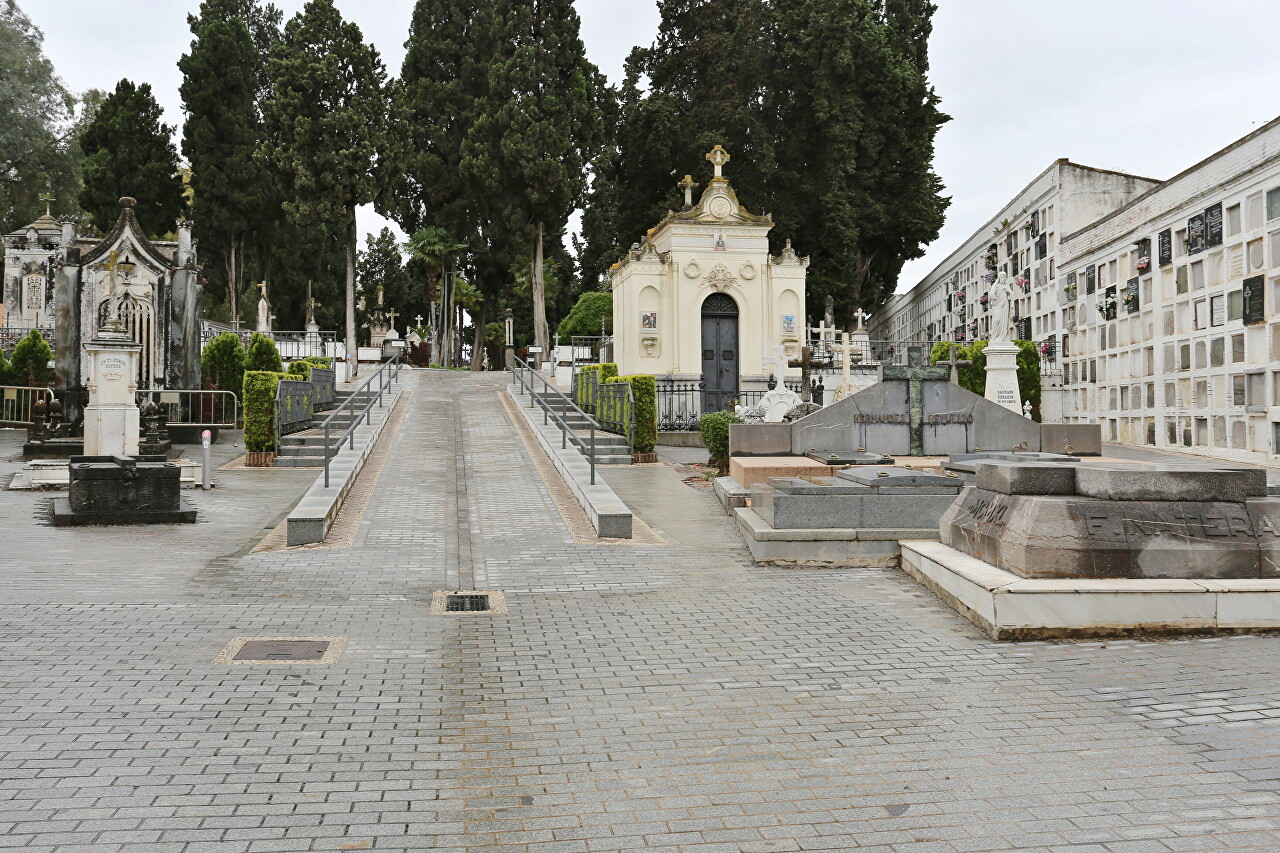
..
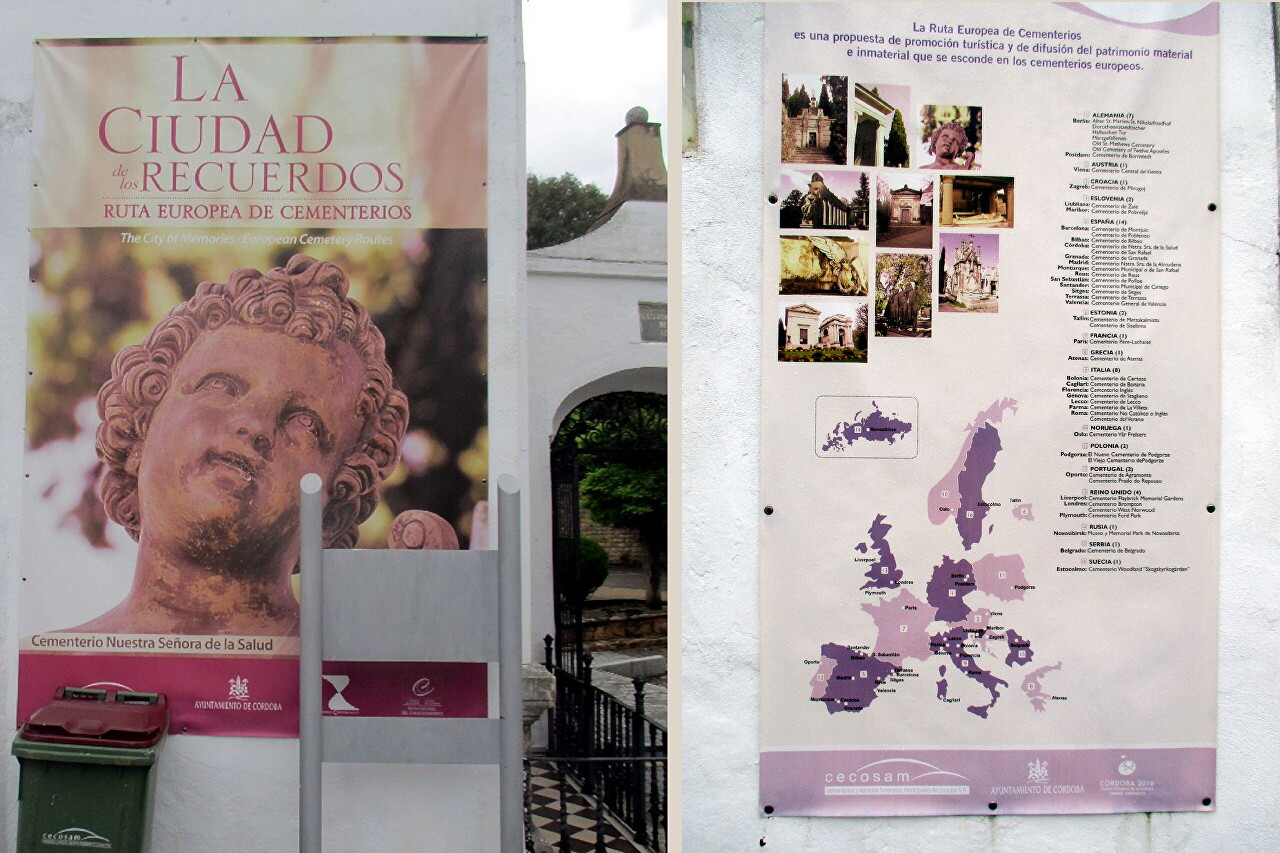
..
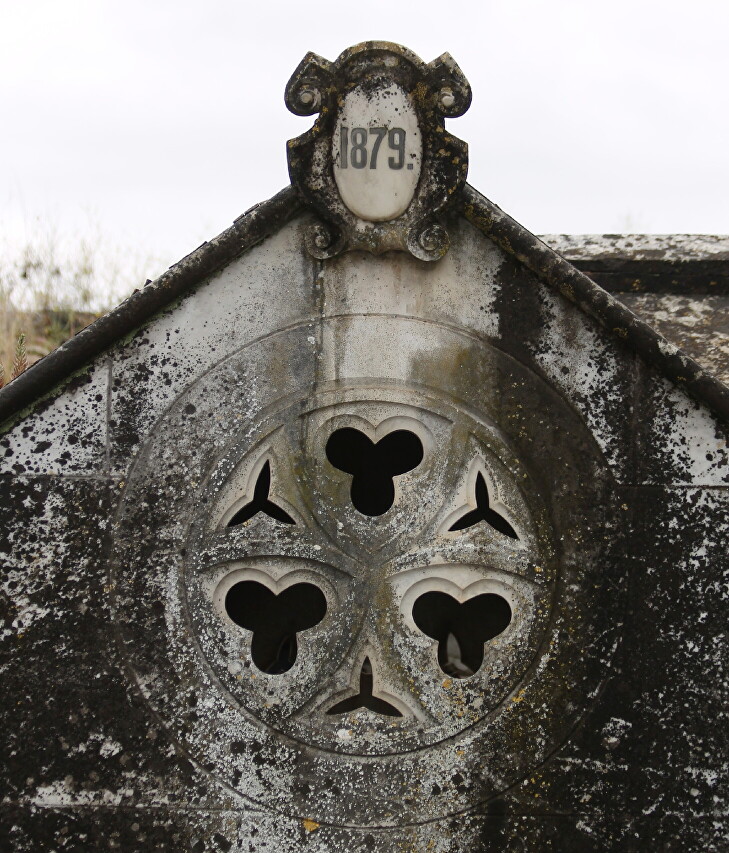
..
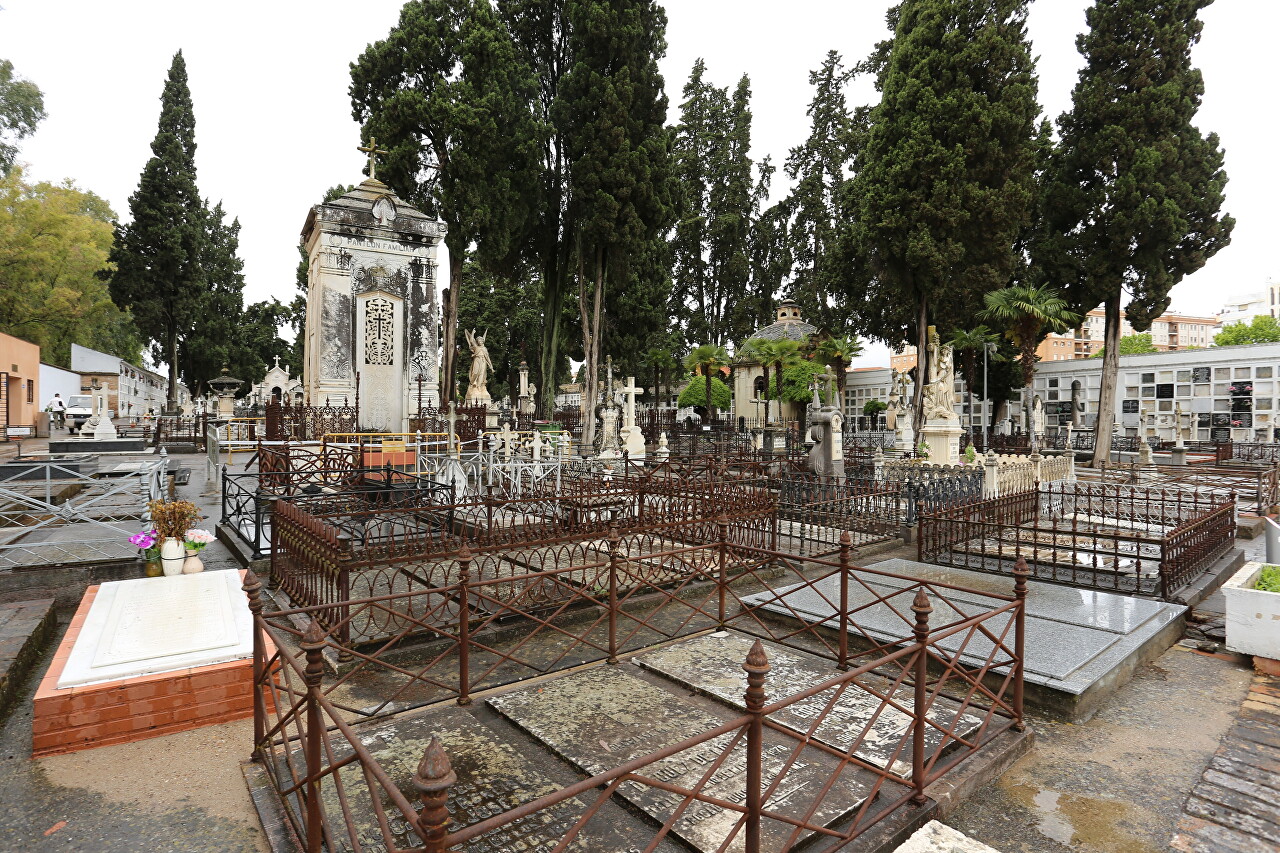
..
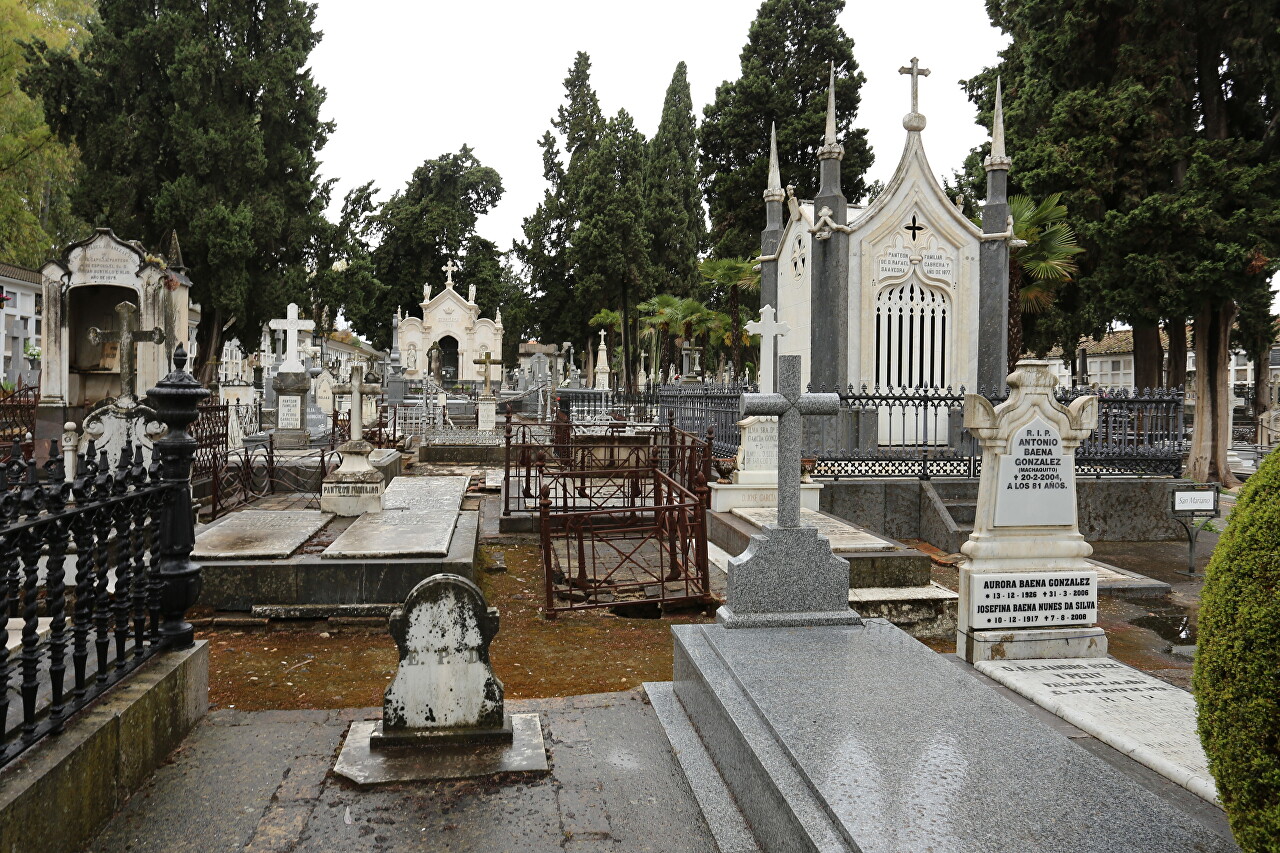
..
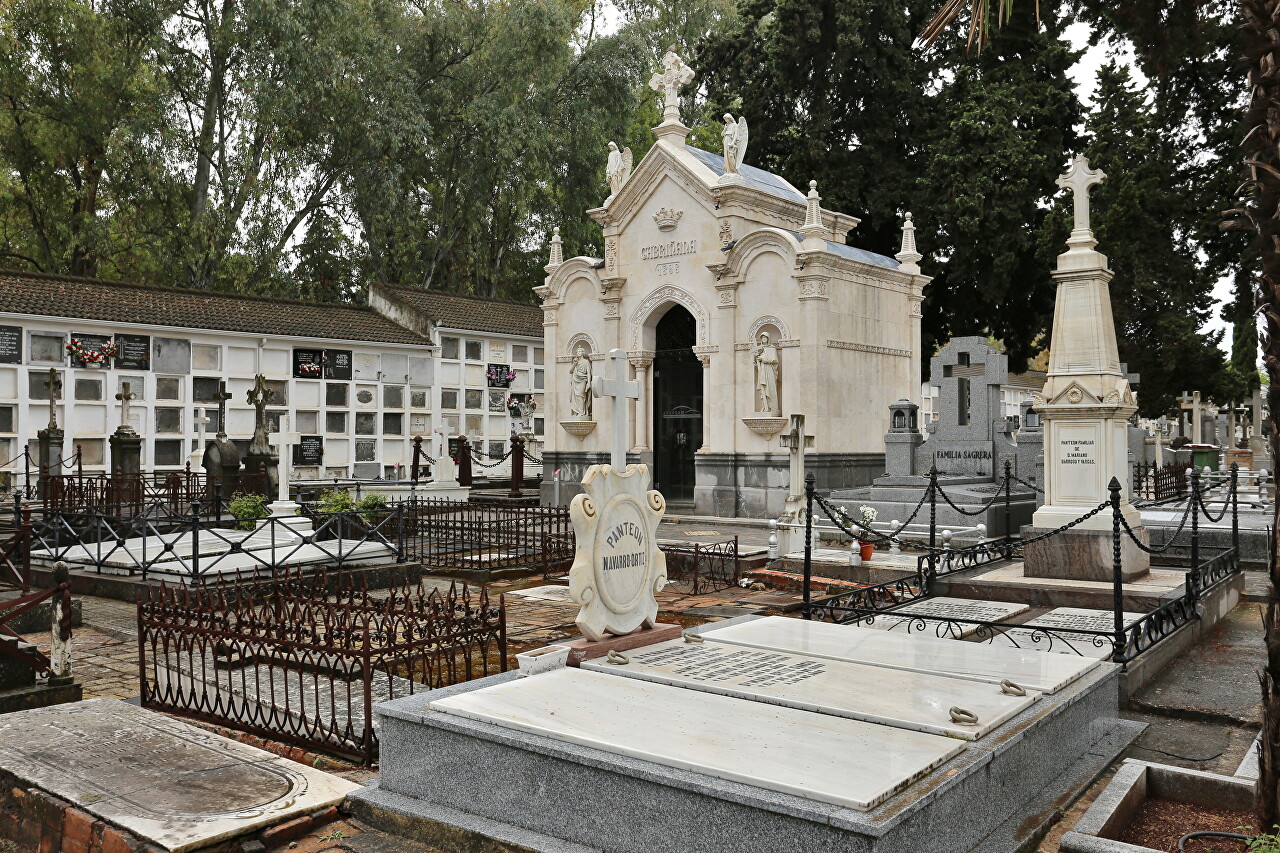
..
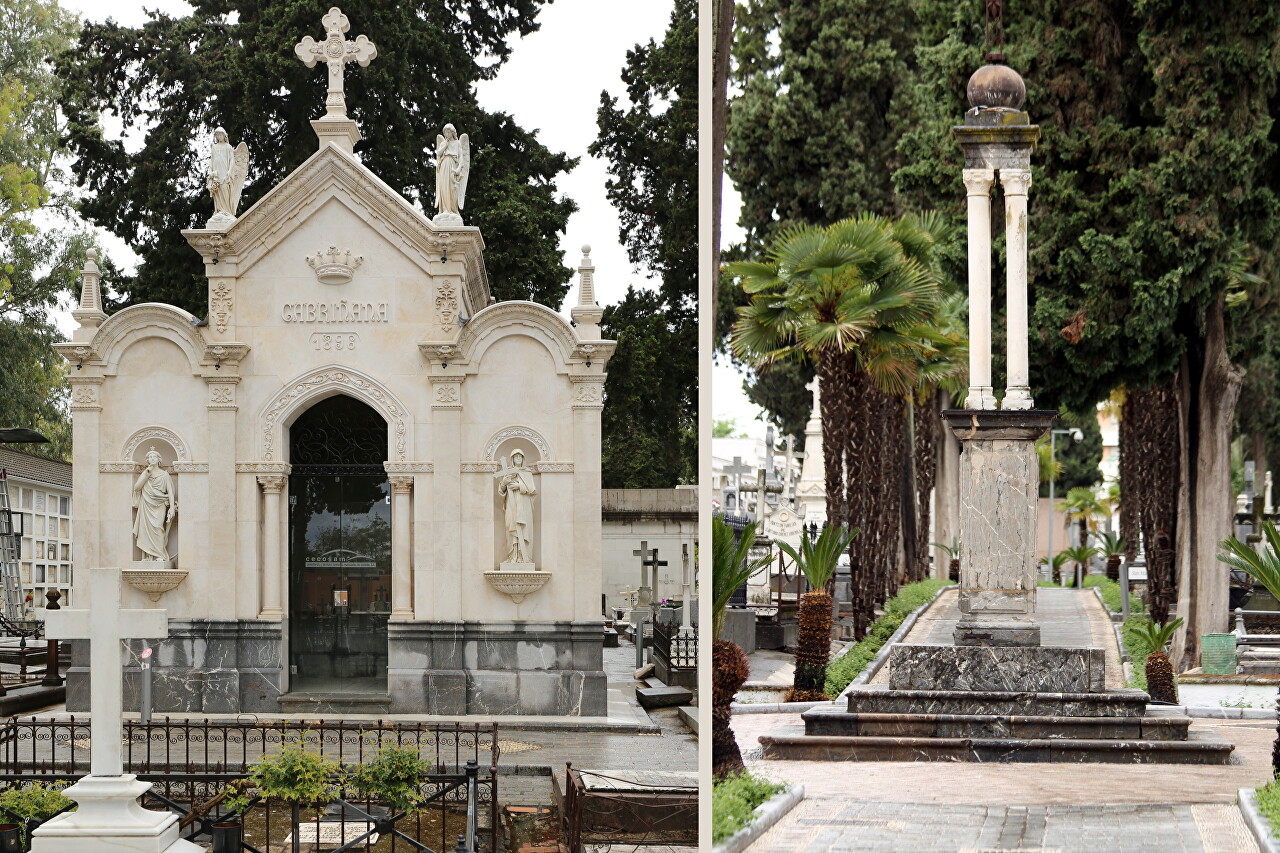
..
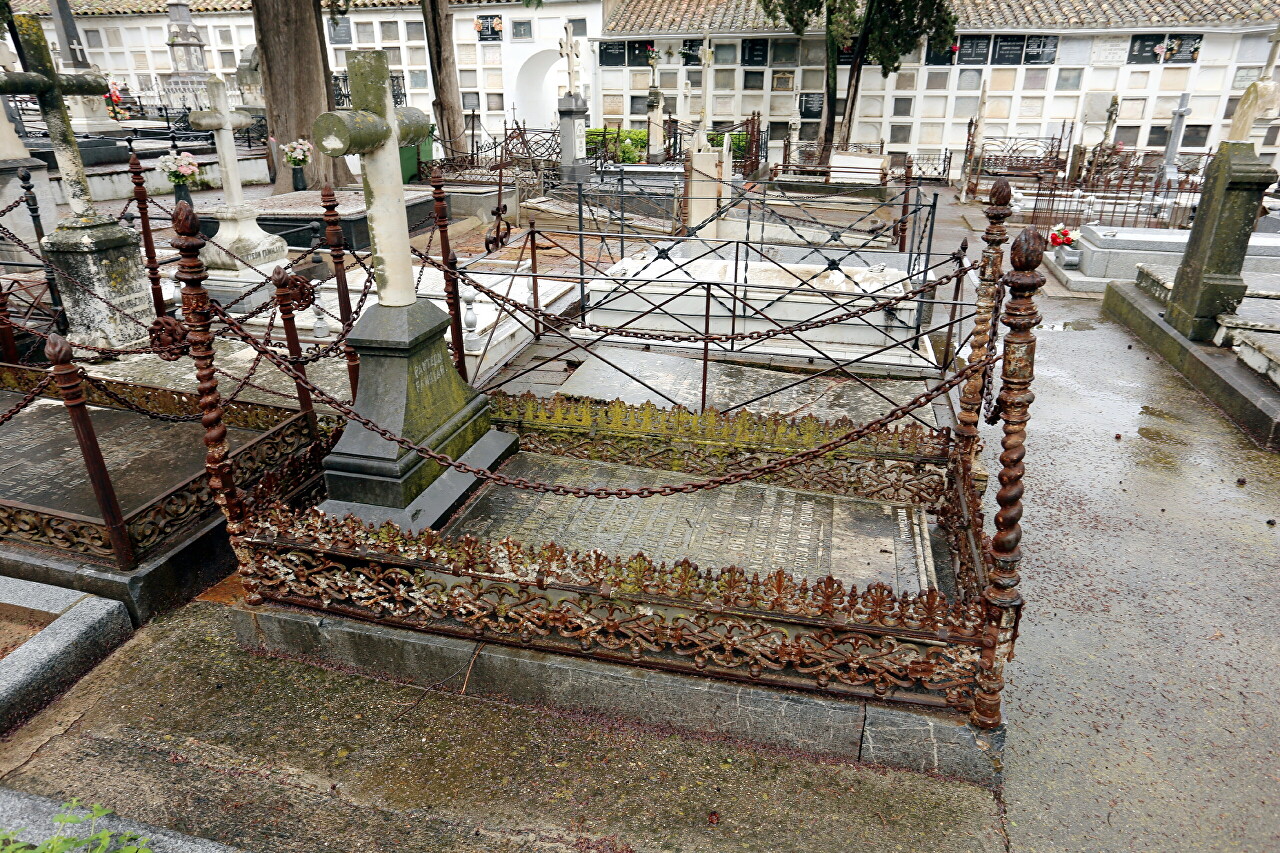
..
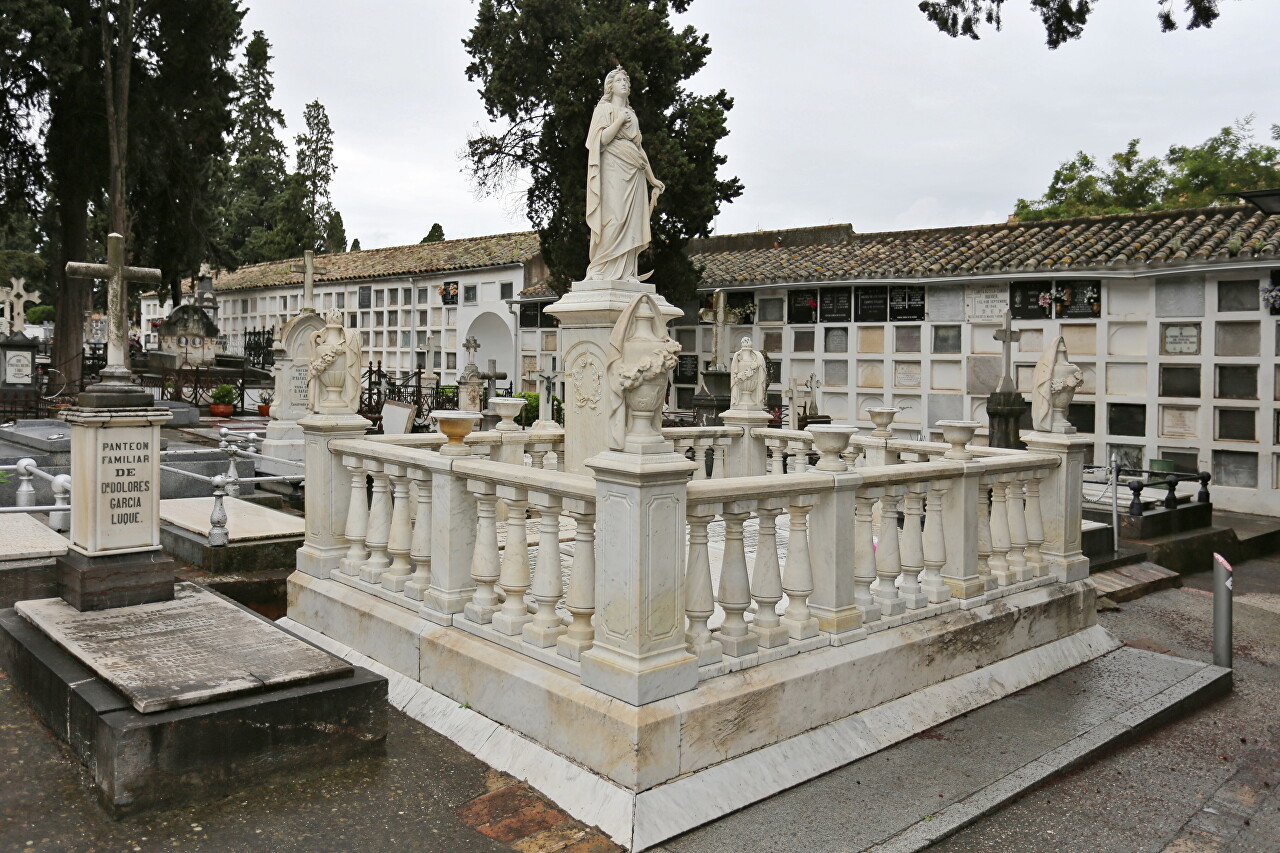
..
